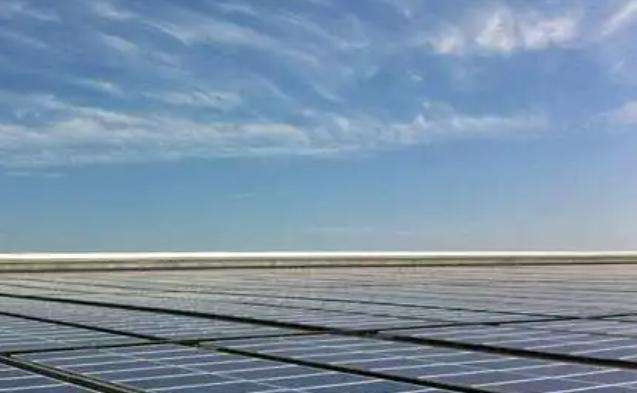Ancient creatures (commonly called prehistoric creatures) are not necessarily huge.
Ancient biological forms include bacterial-like cellular organisms in the ocean, algae and protists, as well as more complex eukaryotic multicellular organisms, such as fungi, plants, molluscs, insects and vertebrates. The shape of these creatures is very small.
A few prehistoric creatures still exist on earth, such as coelacanths, called living fossils. Prehistoric organisms (ancient organisms) refer to the many organisms that lived on Earth from about 3.8 billion years ago to about 3,500 BC before humans began keeping written records.
In addition, sharks are also creatures that have not changed much after hundreds of millions of years. However, 99% of most creatures thatappeared have disappeared, leaving only remains, footprints or other fossils.
During the Jurassic period, dinosaurs dominated the earth. Over more than 55 million years, they evolved into herbivorous and carnivorous dinosaurs, ranging from the size of a chicken to the size of a large building.
At the same time, Earth's single continent split into two continents, and plants and climates became more diverse. But it was still warm on Earth and there were no herbs or flowering plants. The ornithischian pubis points backwards. Ornithischian dinosaurs range from small hypsilophodons to large, familiar herbivorous dinosaurs such as Stegosaurus.
The reason prehistoric creatures were huge
Scientists believe that some huge animals existed in ancient times because hundreds of millions of years ago, 'environnement and climate of the Earth were better than today, suitable for animals Evolve to a larger size. For example, from the beginning of the Triassic, 250 million years ago, to the end of the Jurassic, 130 million years ago, Earth's climate was warm and humid, without four distinct seasons, and the average temperature exceeded 20°C (the current average temperature on Earth is about 15°C), with much more precipitation than today. At that time, there were no deserts on dry land. The continent and islands were covered in dense forests. Large ferns and gymnosperms stood tens of meters high. While providing abundant food for various animals, they also increased the oxygen content of the earth. atmosphere A reached about 25% (now only 21%). The high oxygen atmosphere, warm climate and abundant food allowed toAll kinds of living beings on earth develop to large sizes. There are not only plants tens of meters high, but also insects up to 1 meter long, as well as dinosaurs several tens of meters long and weighing more than 100 tons.
After entering the Cretaceous period, the Earth's climate changed dramatically. Changes in atmospheric circulation reduced precipitation, dense forests disappeared, grasslands replaced forests, large areas of land became desertified, average temperatures fell and the oxygen content of the atmosphere fell. the atmosphere also decreased. A series of changes have dramatically reduced the types and numbers of large organisms. The asteroid that struck Earth at the end of the Cretaceous period, 65 million years ago, dealt a final and fatal blow to large organisms, and almost all large organsnisms have disappeared.
Since then, the Earth's climate has never returned to the level it was hundreds of millions of years ago, and large organisms have no longer evolved.
Detailed information:
Fossils are the remains or vestiges of ancient life. They can tell us what ancient creatures looked like, when and where they were found. he lived ; sometimes more information can be obtained about the distribution of fossils and the rocks that preserve them.
Fossils can reveal how an animal or entire group of animals was killed, the environment in ancient times, when major extinction events occurred, and sometimes even how they occurred. are produced.
Only a few dead creatures have the chance to become fossils. For a bone or other body part or remains, such as a footprint, to be preserved, they must be quickly recovered.open with sediment. Exposed to air, they simply turn into dust.
Usually silt or sand at the bottom of a body of water, sometimes wind-blown sand, covers the animal's skeleton, and the gaps in the bones are filled with minerals. Minerals in and on the fossil harden to form rock. Millions of years later, changes in the Earth's crust, climate change, wind and rain will expose fossils long buried underground.














